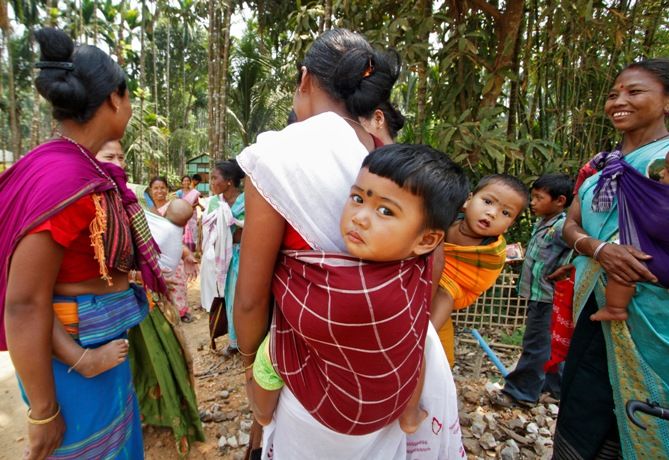India, in comparison to its peers (the average for medium human development countries, developing countries as a whole and South Asia), is farthest behind in terms of women’s participation in the workforce.

The latest Human Development Report (2015) makes it clear that India has a long way to go to arrive as a “high” human development economy from its current slot in the middle of the “medium” group.
China and Sri Lanka come under the “high” category; but moving up has not become any easier for India, as the average annual improvement in India’s human development index score in the last five years (2010-14) has slowed down markedly to 0.97 per cent, from the 1.67 per cent achieved in the earlier decade (2000-2010).
A similar slowdown has affected other countries, and can perhaps be attributed to the travails the global economy has faced since the collapse of Lehman Brothers in 2008.
But India, the world’s fastest-growing large economy, can surely move ahead in this area faster than the average.
It’s true that India’s overall rank has gone up a few notches, but it does not mean much as that has resulted largely from data revisions in some categories, particularly in indicators for life expectancy, per capita gross national income and mean years of education among the adult population.
There is also little satisfaction to be derived from the data brought up by the special focus in the latest report on work.
The logic behind this emphasis is that work, as opposed to just doing a job, paid or unpaid, can add significantly to well-being as it can empower individuals, secure livelihoods and contribute to the public good.
Work can give a person a sense of dignity and voluntary work can build social cohesion.
India, in comparison to its peers (the average for medium human development countries, developing countries as a whole and South Asia), is farthest behind in terms of women’s participation in the workforce.
It is, therefore, unsurprising that it scores similarly poorly in terms of gender inequality.
Based on several other work parameters like the share of agriculture in employment, India emerges as a country where the overall level of unemployment is lower than in medium development countries and South Asia — but the quality of employment (vulnerability) is poorer.
On the crucial issue of child labour the Indian picture is mixed — better off than the South Asian average, but worse off than other “medium” development countries.
On several other human development parameters like life expectancy, infant mortality and intensity of multidimensional poverty (households which face more than one deprivation) India is behind Bangladesh, which has a far lower level of income.
It is a similar story with Nepal, which is better on several parameters but poorer.
Taking undue satisfaction from the fact that Pakistan is behind on most parameters will just not do.
On the key parameter of maternal mortality, India is at the bottom of the south Asian league along with Nepal, with Bangladesh and Pakistan (not to speak of Sri Lanka) being better off.
It is imperative for India’s policymakers to examine how these two other South Asian countries are able to make their development expenditure go much further.











